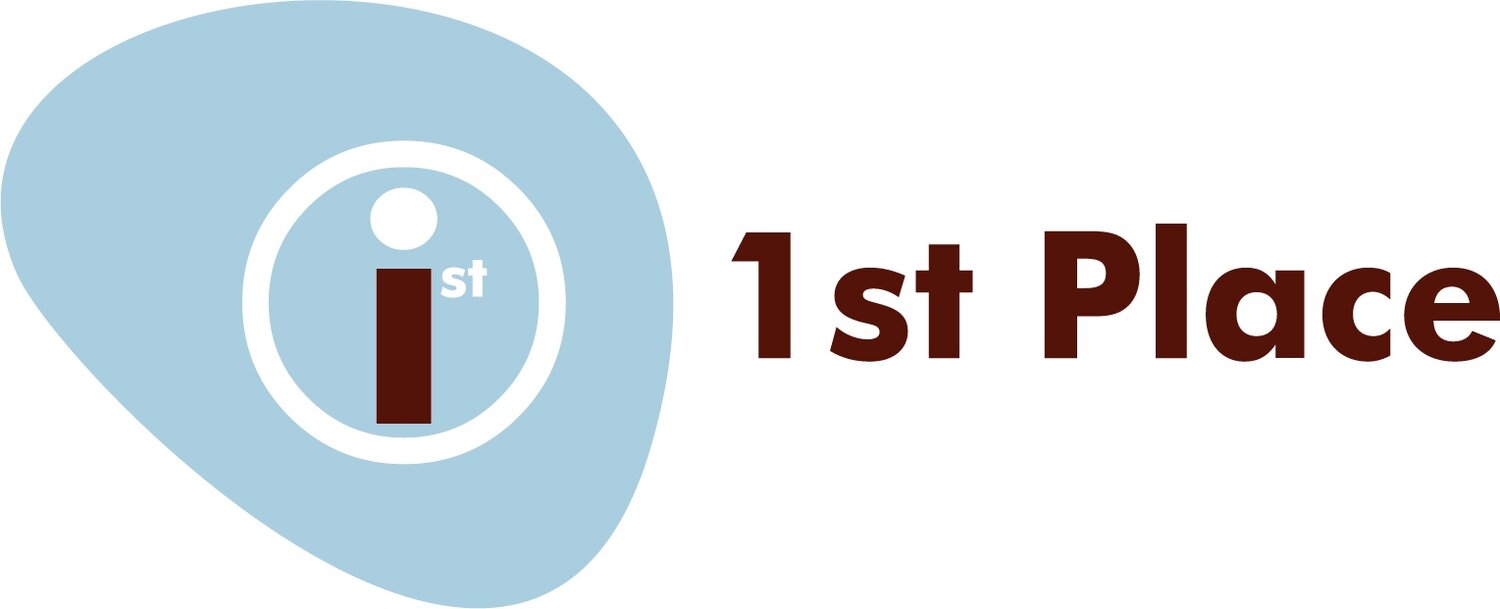Exploring self-portraits through transient art
Transient art is about movement and fluidity with loose parts being used as a resource to create a temporary, moveable picture. This type of art is inspired by the work of Andy Goldsworthy, a British artist who creates art using his bare hands, teeth and any natural tools that he happens to find. His art is often temporary so photography plays a key role in capturing his work before it decays, falls apart or floats away.
Children express their creativity in the moment. When they use permanent materials such as paint and pencils, they may make a drawing and cover it up with another. Transient art encourages children to be spontaneous in creating and recreating. Children are more concerned with spontaneous self-expression rather than permanence, and transient art takes away the pressure of preserving pieces of work. Keen observation, attentive listening and a camera suffice.
During our Transient Art Project, we took inspiration from Andy Goldsworthy and gave our nursery children loose natural materials to create transient images of themselves. They used shells, rocks, twigs and shredded paper to represent different parts of their faces. For example, shells were used for eyes and rocks were used for noses. Some of the children placed their creations within a photo frame while others positioned their real faces in a frame to be photographed.
Scenario 1 (Alex and Henry):
Alex creates a face using sticks and rocks. He places two sticks in position.
Alex: “This one has two noses so when he sneezes it comes from both sides”.
Henry: “That’s so funny!”
Scenario 2 (Theo):
Theo says he needs ears for his face. He places two rocks on each side of the frame.
Theo: “Now it needs two earrings!”
Through this project, creativity and learning were child-led according to their own individual interest in creative expression.
Transient art activity:
This activity is easily replicated at home so why not give it a try?
Ask your child to observe their facial features in a mirror. Compare each other’s features, name and describe the different parts of the face including similarities and differences.
Explore different facial expressions by pulling funny faces and describing what they see.
Encourage them to draw a self-portrait.
Finish the activity by having fun singing and dancing to our ‘I am Special’ song.
